Rising Disposable Incomes
The Champagne Market appears to benefit from the increasing disposable incomes of consumers in various regions. As individuals experience higher earnings, they are more inclined to indulge in luxury products, including premium champagne. This trend is particularly evident in emerging markets, where a burgeoning middle class is driving demand for high-quality beverages. According to recent data, the luxury goods market, which encompasses champagne, is projected to grow at a compound annual growth rate of approximately 5% over the next few years. This growth suggests that as consumers' financial capabilities expand, their willingness to purchase premium champagne will likely increase, thereby propelling the Champagne Market forward.
Evolving Consumer Preferences
The Champagne Market is witnessing a shift in consumer preferences, with a growing inclination towards unique and artisanal products. Modern consumers are increasingly seeking out brands that offer distinct flavors and innovative production methods. This trend is reflected in the rising popularity of small-scale producers and organic champagne, which cater to a more discerning clientele. Market data indicates that sales of organic champagne have surged by over 20% in recent years, highlighting a significant change in purchasing behavior. As consumers prioritize quality and authenticity, the Champagne Market must adapt to these evolving tastes to remain competitive.
Increased Online Sales Channels
The Champagne Market is experiencing a transformation due to the proliferation of online sales channels. E-commerce platforms have become essential for reaching a broader audience, particularly among younger consumers who prefer the convenience of online shopping. Recent statistics reveal that online sales of alcoholic beverages, including champagne, have increased by approximately 30% in the past year. This shift not only enhances accessibility but also allows brands to engage with consumers directly, fostering brand loyalty. As the trend towards digital purchasing continues, the Champagne Market is likely to see sustained growth through enhanced online presence and marketing strategies.
Cultural Significance of Champagne
The Champagne Market is deeply intertwined with cultural celebrations and milestones, which continue to drive demand. Champagne Market is often associated with luxury, success, and special occasions, making it a staple at weddings, anniversaries, and corporate events. This cultural significance ensures a consistent market for champagne, as consumers seek to commemorate important life events with this prestigious beverage. Data suggests that the wedding industry alone contributes significantly to champagne sales, with couples increasingly opting for premium options to enhance their celebrations. As long as champagne retains its status as a symbol of celebration, the Champagne Market is poised for continued growth.
Innovations in Packaging and Marketing
The Champagne Market is witnessing a wave of innovations in packaging and marketing strategies aimed at attracting a diverse consumer base. Brands are increasingly focusing on eco-friendly packaging solutions and eye-catching designs to differentiate themselves in a crowded market. Recent trends indicate that consumers are more likely to purchase products that align with their values, such as sustainability. Additionally, creative marketing campaigns that leverage social media platforms are proving effective in reaching younger demographics. As the industry embraces these innovations, it is likely to enhance brand visibility and appeal, ultimately driving growth within the Champagne Market.


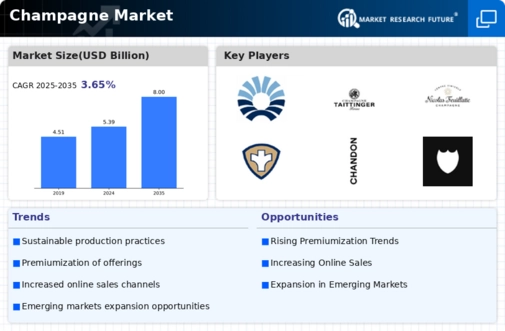
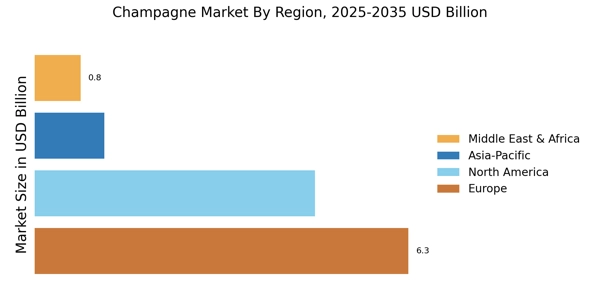
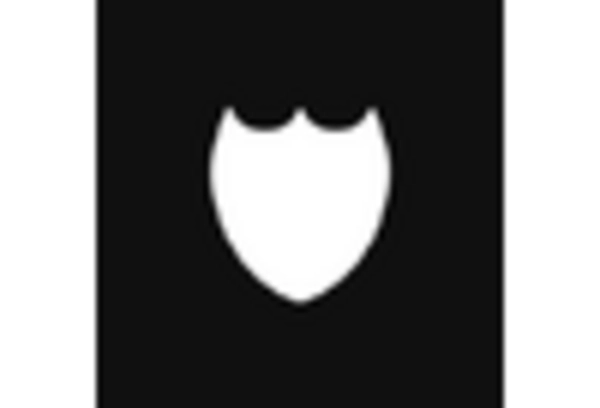
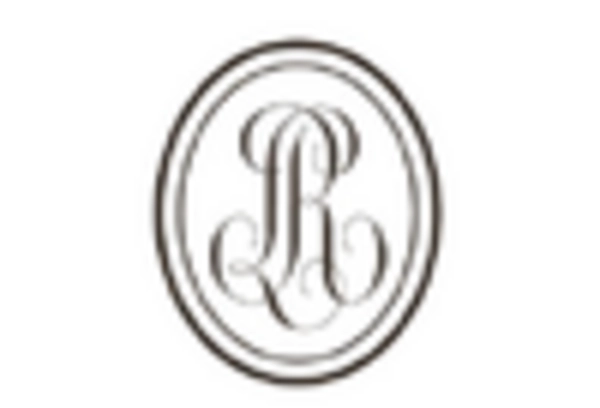
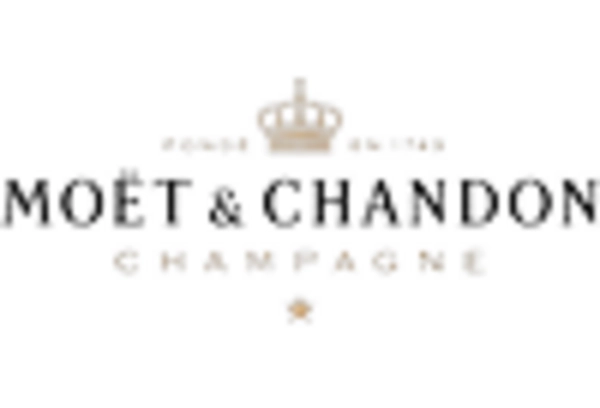
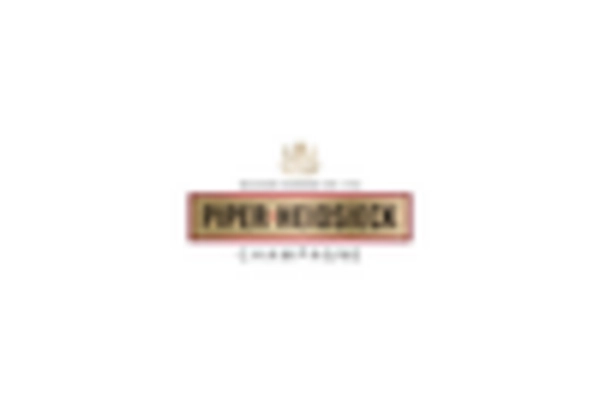
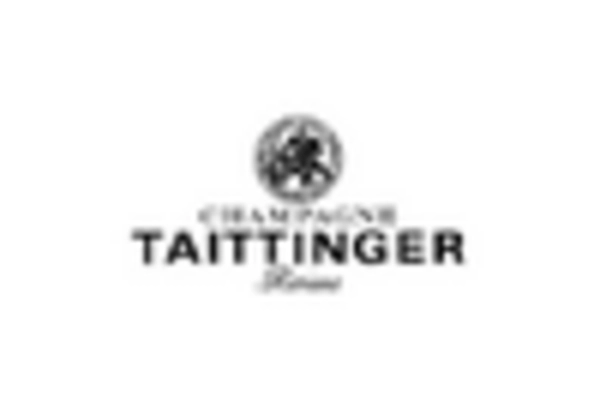
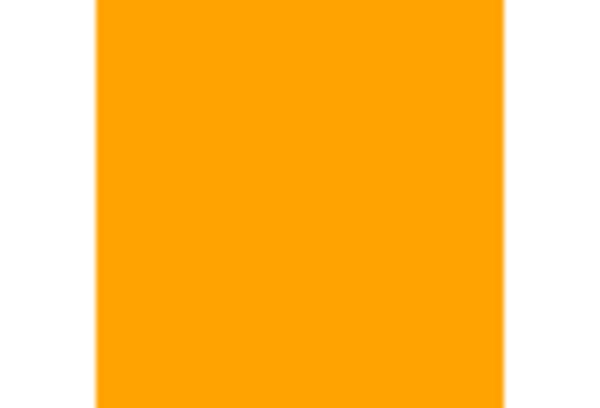








Leave a Comment